1. Understand New York’s Climate
Spring: Frosts may linger until late April/early May, so avoid planting too soon.
Summer: Warm (70–85°F/21–29°C), but kale can bolt (flower prematurely) in prolonged heat.
Fall: Cooler temperatures (50–70°F/10–21°C) revive growth, ideal for a second harvest.
Winter: Harsh frosts (down to 20°F/-6°C or lower), but mature kale can tolerate light freezes and even improve in flavor after a frost.
Spring: Sow seeds indoors 4–6 weeks before the last frost (typically mid-March to early April) or direct-sow after frost risk passes (late May).
Fall: Sow seeds in mid-to-late July for a 秋 harvest, ensuring plants mature before heavy frosts (mid-November).
2. Choose the Right Location
Sunlight: Select a spot with 6–8 hours of direct sun daily. In hot summer months, partial shade (e.g., near a tall plant or fence) can prevent wilting.
Soil: Kale prefers well-draining, nutrient-rich soil with a pH of 6.0–7.5. Amend native soil (often clay-heavy in NY) with 2–3 inches of compost or aged manure to improve drainage and fertility.
Containers: If gardening in apartments or small spaces, use pots at least 12 inches deep and wide with drainage holes. Fill with a mix of potting soil, compost, and perlite for aeration.
3. Planting Kale
A. Sowing Seeds
- Indoor Seed Starting (Spring):
Plant seeds ¼ inch deep in seed trays. Keep soil moist and warm (70°F/21°C).
Seedlings emerge in 5–10 days. When they have 2–3 true leaves, thin to one strong plant per cell.
Harden off seedlings 7–10 days before transplanting: gradually expose them to outdoor conditions to prevent shock.
- Direct Sowing (Spring/Fall):
Sow seeds ½ inch deep and 12–18 inches apart (or thin later to this spacing).
For fall crops, direct-sow in mid-July to early August to avoid summer heat stress.
B. Transplanting Seedlings
Once the soil temperature reaches 50°F/10°C (late spring/early fall), transplant seedlings 12–18 inches apart to allow airflow and prevent crowding.
4. Care and Maintenance
A. Watering
Keep soil consistently moist but not waterlogged. Water at the base of the plant to avoid wetting leaves (reduces disease risk).
During dry spells (common in summer), water deeply 1–2 times weekly. Mulch with straw or wood chips to retain moisture and suppress weeds.
B. Fertilizing
Add a balanced organic fertilizer (e.g., 10-10-10) or compost tea every 4–6 weeks to boost growth. Avoid over-fertilizing, which can lead to leaf burn.
C. Pest Control
Aphids, Cabbage Worms, and Flea Beetles: Handpick pests or spray with neem oil or insecticidal soap (diluted with water).
Companion Planting: Grow marigolds, nasturtiums, or dill nearby to repel pests naturally.
Row Covers: Use lightweight fabric to protect seedlings from flea beetles and cabbage moths.
D. Managing Heat and Cold
Summer Heat: Provide afternoon shade or mist plants to cool them down. Mulch heavily to keep roots cool.
Fall Frosts: Mature kale plants tolerate light frosts (25–30°F/-4–-1°C). For heavier freezes, cover plants with a frost blanket or build a simple cold frame to extend the harvest into winter.
5. Harvesting Kale
When to Harvest: Start picking outer leaves once they reach 6–8 inches tall, leaving the central bud to continue growing (cut-and-come-again method). This encourages new leaf production for weeks.
Spring Harvest: Begin 55–70 days after planting (when leaves are tender).
Fall Harvest: Leaves often taste sweeter after a frost, as the plant converts starches to sugars. Harvest before severe winter weather (e.g., December) or protect with a greenhouse for overwintering.
Storage: Store fresh leaves in a plastic bag in the fridge for up to 2 weeks, or blanch and freeze for long-term use.
6. Troubleshooting Common Issues
Bolting (Flowering Early): Caused by heat or stress. Prevent by sowing early/late, providing shade, and keeping soil moist.
Yellowing Leaves: May indicate poor drainage, over-fertilizing, or nutrient deficiencies. Adjust soil amendments and watering habits.
Holes in Leaves: Check for pests and treat with organic solutions promptly.
Final Tips for New York Gardeners
Variety Selection: Choose cold-tolerant varieties like ‘Dinosaur’ (Lacinato), ‘Redbor’, or ‘Vates’ for best results in NY’s climate.
Soil Testing: Test soil pH annually and adjust with lime (if acidic) or sulfur (if alkaline) to maintain optimal conditions.
Compost Regularly: New York’s clay soils benefit from annual compost additions to improve structure and nutrient levels.
欢迎关注微信公众号:泛米米的小菜园
12本阳台种菜电子书限时免费送
关注【泛米米的小菜园】,发送“电子书”免费获取
随时随地在手机上学习交流阳台种菜
这篇文章出自 fanmimi 如需转载请注明出处;
这篇文章的地址:https://fanmimi.com/2025/578.html
本站部分资源收集于网络,纯个人收藏,无商业用途,如有侵权请及时告知!
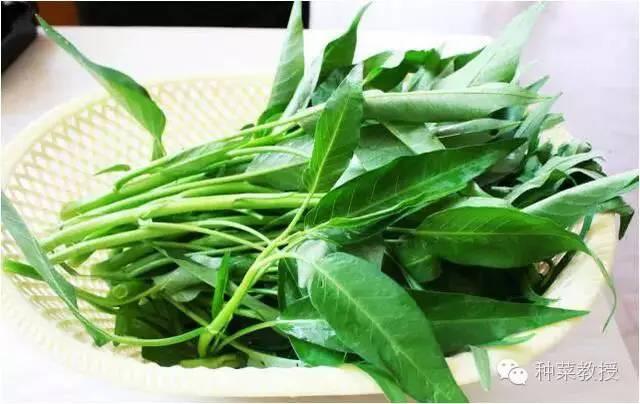 盆栽空心菜种植方法全图解—【种菜教授】【阳台种菜全图解系列】
盆栽空心菜种植方法全图解—【种菜教授】【阳台种菜全图解系列】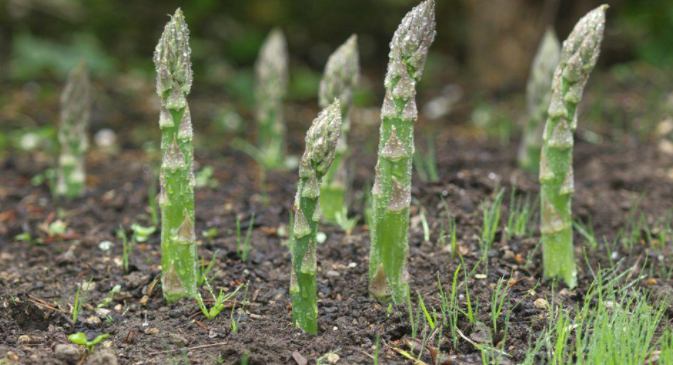 阳台盆栽芦笋诀窍,当年种当年收,种一次吃几年芦笋
阳台盆栽芦笋诀窍,当年种当年收,种一次吃几年芦笋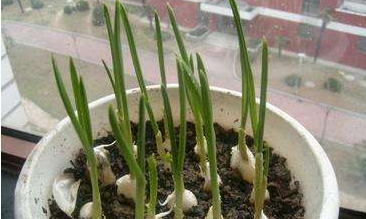 发芽的大蒜别丢了,用花盆种上几盆,不用买大蒜了,盆栽大蒜种植方法分享
发芽的大蒜别丢了,用花盆种上几盆,不用买大蒜了,盆栽大蒜种植方法分享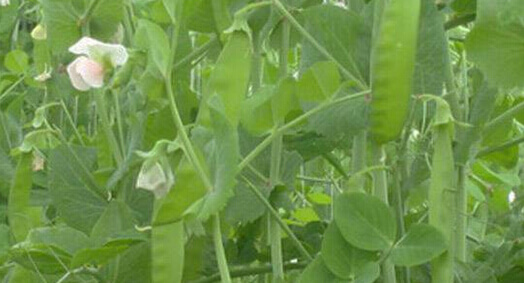 豌豆阳台盆栽种植方法
豌豆阳台盆栽种植方法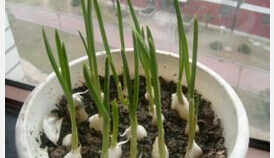 大蒜阳台盆栽种植方法
大蒜阳台盆栽种植方法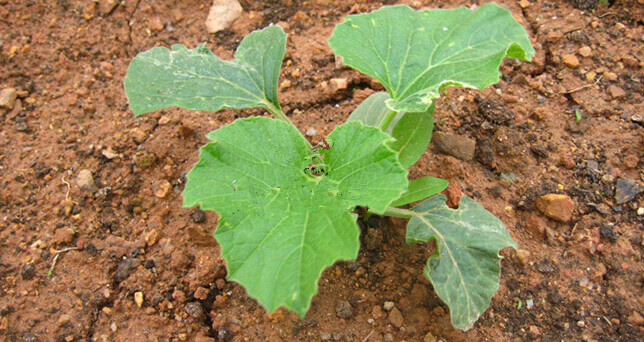 蒲瓜阳台盆栽种植方法
蒲瓜阳台盆栽种植方法 草莓阳台盆栽种植方法
草莓阳台盆栽种植方法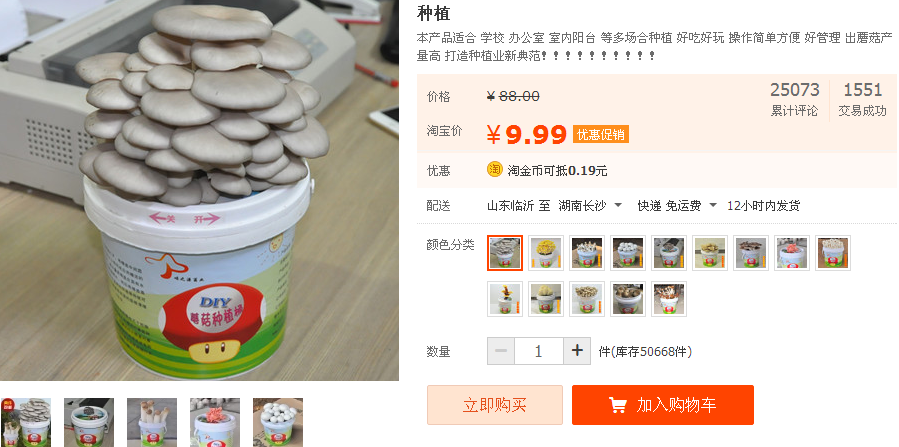 蘑菇家庭盆栽种植方法
蘑菇家庭盆栽种植方法